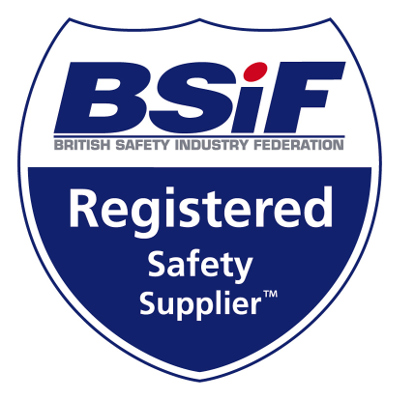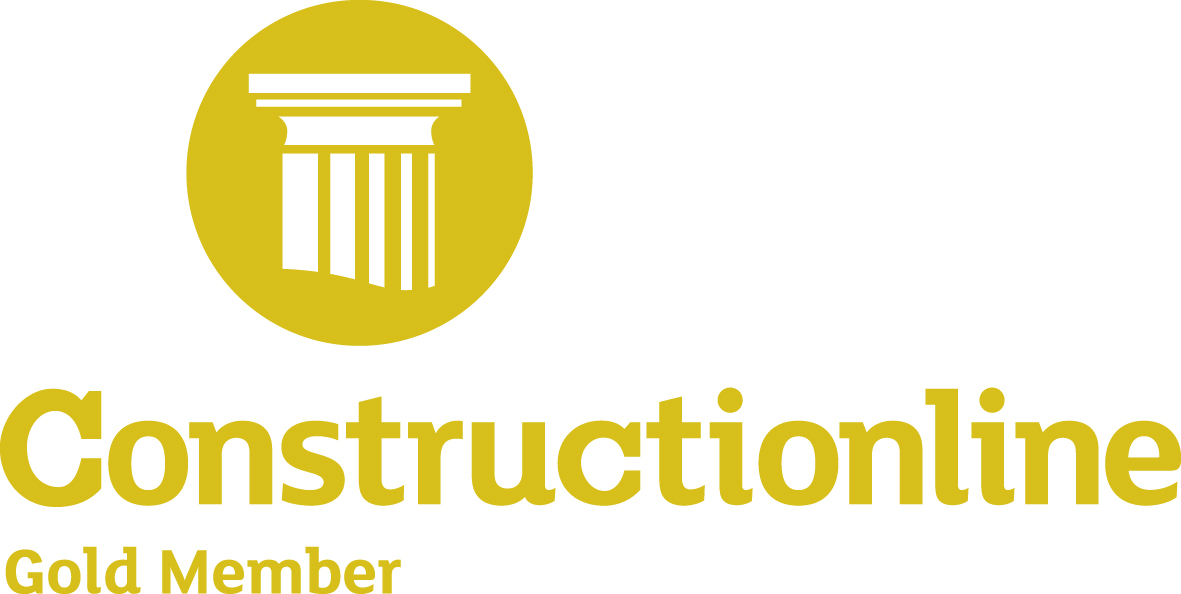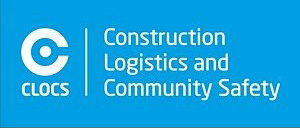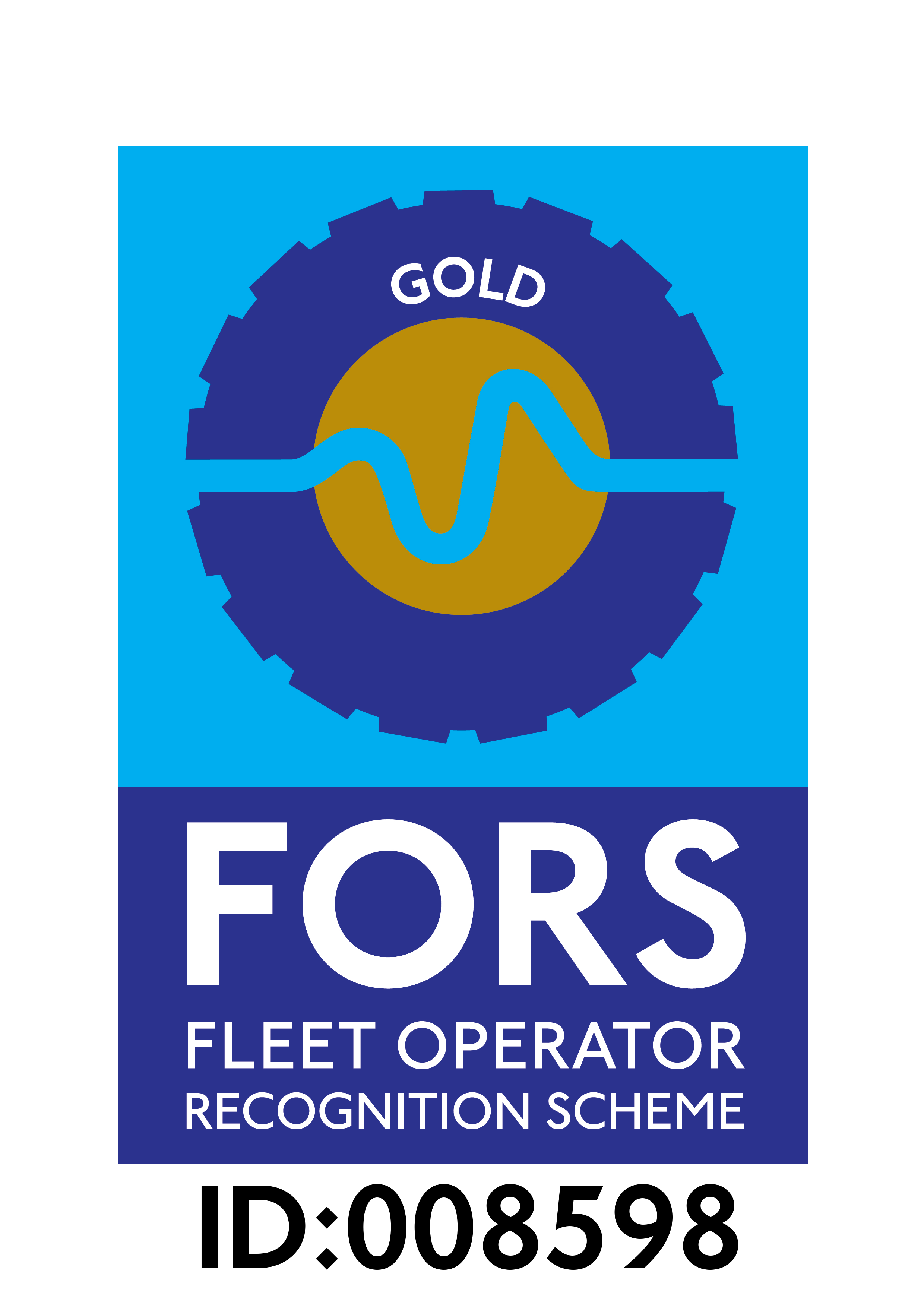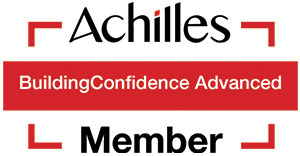Navigating the New Safety Footwear Standards: A Guide to EN ISO 20345:2022
Navigating the New Safety Footwear Standards: A Guide to EN ISO 20345:2022
Click here to read our full white paper.
Getting to grips with safety standards can be challenging. even for experienced industry professionals, navigating the wide array of specifications and requirements can rapidly become overwhelming. In recent years, significant changes were made to the EN ISO 20345 standard for safety footwear, which had been in place for over a decade. Our guide aims to clarify these updates and help you navigate the changes effortlessly.
Understanding the Transition: EN ISO 20345:2011 to EN ISO 20345:2022
The new EN ISO 20345:2022 standard, launched in March 2023, introduces enhanced safety specifications for occupational footwear. It provides a transitional period allowing manufacturers to continue production under valid EN ISO 20345:2011 certificates until November 11, 2024. After this date, safety footwear must be re-tested and certified against the updated requirements of EN ISO 20345:2022. This transition period extends up to five years, allowing for a gradual integration of the new standards, with safety footwear certified under either the 2011 or 2022 standards available until November 2029.
Key Changes in Safety Footwear Standards
Significant Updates:
- Slip Resistance: The old slip resistance markings ‘SRA’, ‘SRB’, and ‘SRC’ have been replaced. Slip resistance is now mandatory and will not carry a mark unless an additional test is conducted, allowing for an ‘SR’ symbol.
- Water Resistance: The ‘WRU’ symbol (water-resistant uppers) is now ‘WPA’, indicating water penetration and absorption.
- Scuff Cap Abrasion Resistance: Footwear must withstand 8,000 abrasion cycles to earn the ‘SC’ marking.
- Ladder Grip Test: Now included as an additional test for all safety footwear, marked with ‘LG’.
- Puncture Resistance: New testing methods for non-metal anti-penetration inserts, marked as ‘PL’ or ‘PS’.
New Safety Footwear Categories
The 2022 standards introduce two new safety classes, S6 and S7, for footwear with higher water resistance properties. Here’s a quick overview of the updated protection classes:
- SB: Basic toe protection and slip resistance.
- S1: Toe protection, closed seat region, anti-static properties and energy absorption in the heel.
- S2: All the features of S1 plus a water-resistant upper
- S3: All the features of S2 plus a penetration-resistant midsole and cleated outsole (protruding grip).
- S4: As SB plus a closed heel, anti-static and energy absorption, but made from a rubber upper or entirely moulded polymer, e.g. a Wellington boot, so it offers water and leak-proof properties.
- S5: All the features of S4 plus a penetration-resistant midsole and cleated outsole.
- S6: All the features of S2 as well as water resistance for the whole piece of footwear (waterproof).
- S7: All the features of S3 (specifically midsole protection) as well as water resistance for the whole piece of footwear (waterproof).
How Will These Changes impact the industry?
For Suppliers
It’s imperative to stay informed about changes in safety coding to assist customers who might not be aware of the latest updates. We will ensure that we are knowledgeable about both old and new standards.
For Health & Safety Managers
Understanding the changes is vital for specifying and requesting the correct safety footwear from suppliers. You’ll need to ensure that procurement requests match the new standards to maintain workplace safety.
For Individual Buyers
If you purchase your own safety footwear, familiarize yourself with the new coding to ensure your boots provide the necessary level of protection. Be proactive in understanding how these changes may impact your specific work environment.
Conclusion:
Our guide to the new EN ISO 20345:2022 standards ensures that individuals working in hazardous industries have the best chance of being protected by their footwear. As safety markings evolve, staying informed is key to maintaining workplace safety and ensuring compliance with the latest standards. Embrace these changes to safeguard your wellbeing and continue working confidently in your field.
Click here to read our full white paper.





